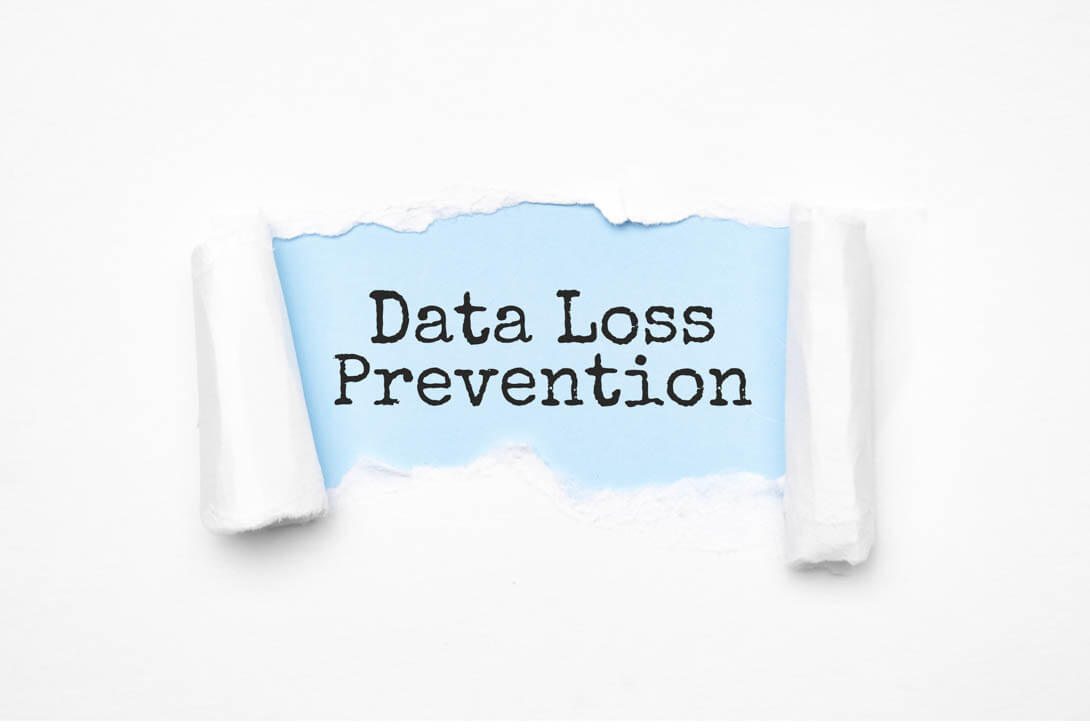Data Loss Prevention (DLP) is a process to ascertain that there is no inadvertent or false exposure of the data stored by your company. Herein, the data can be employee information, financial/credit data of customers, and proprietary information. You can easily find DLP tools to assist your IT Team in ensuring data security throughout the digital platform including software, hardware, the cloud, and in all the internal as well as external places. Let us have a look at the 7-Step DLP Security Checklist that will help you find the right DLP tool for your company.
7 Steps to Improve the DLP Security Checklist Rate
Below given are the 7 steps which one can implement to better DLP security controls:
Step1. The Inventory: Analyze as well as Categorize
Here, the location of your organization’s data and the amount of sensitive information are determined. Along with this, security gaps are also identified. The data can reside on-premise networks, the Software as a Service (SaaS) application, or on local hardware. Once you get the report of locations of data storage, there comes the requirement of categorizing it.
Step2. Regulatory Compliance Establishing the Baseline of DLP
Your DLP plan must adhere to a particular level of regulatory compliance, depending on the industry you are engaged in. You may need to add a layer of state, local, or both regulations. Note that this regulatory compliance is only for establishing the DLP baseline as it doesn’t cover the nuanced data protection requirements.
Step3. Business Information Data Loss Prevention Audit Checklist
In this step of the Data Loss Prevention Checklist, it’s time to collect the business data that require safeguarding from improper use. This data may include:
- Competitive research
- Strategic planning
- Financial reports and information
- Intellectual property and proprietary information etc.
Step4. Internal Process(es) as well as Selecting the Vendor for DLP Security Checklist
In this process, you need to consider the human behavior elements of DLP that are directed by your company’s policy. One important thing in DLP strategy is to include the needs for vendors, supply chain, and partner’s security. Their documentation will help:
- In a structured implementation of policies
- With formal documentation that can be used in training
- Inefficient software implementation and coherency in all the policies
Step5. The Building of the Automated Rules as well as Policies for DLP Security Checklist
Now you must choose a suitable DLP platform that allows you to set up rules and policies which will be specific to your organization and will help in governing daily use and behavior.
Step6. Training and Educating the Team(s)
It is always rewarding to impart continuous education to your employees about the benefits of data loss prevention and the company’s policies. This is highly beneficial in bettering the basic human element behind data loss.
Step7. Monitoring and Strengthening
DLP software must be regularly implemented and monitored so that gaps can be identified as soon as possible and that these gaps are filled quickly to prevent any data loss.
You should use this checklist to evaluate a DLP provider to implement the best DLP technology that lends protection to your internal, external, and cloud data. You can contact CloudCodes for the best cloud security solutions.

